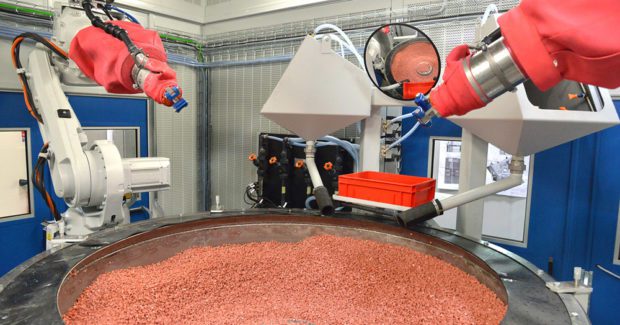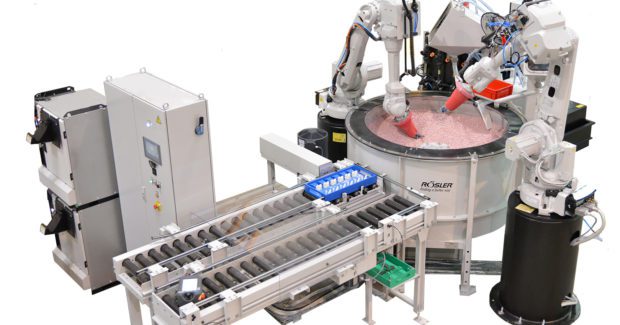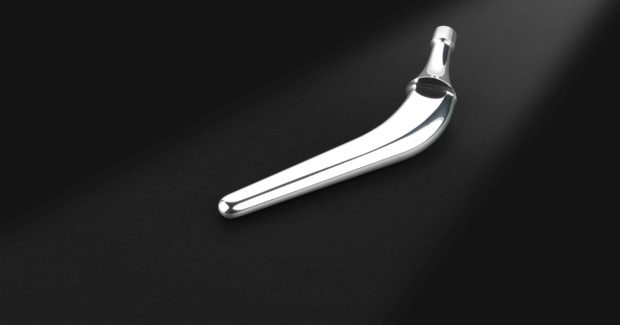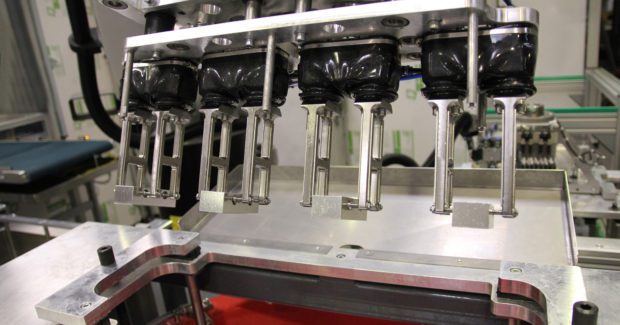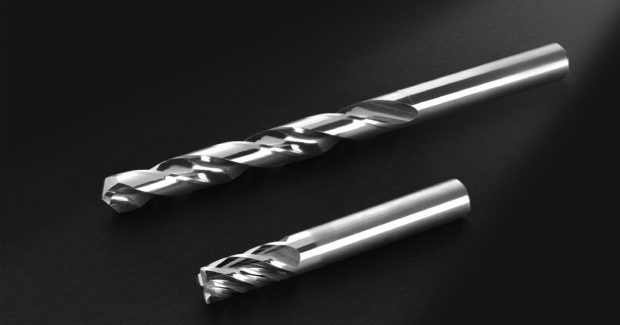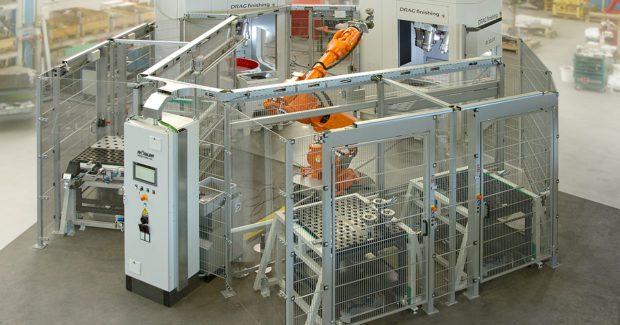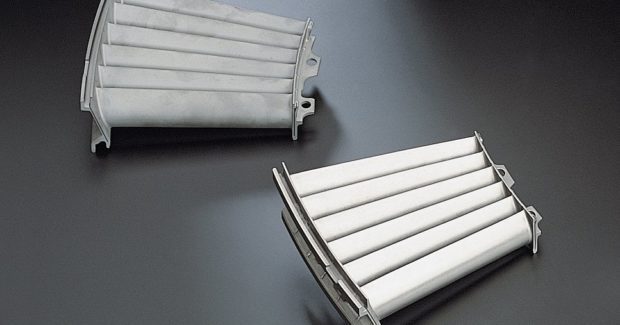Automating Special Surface Finishing Tasks
Demand is growing for defined finishing of single, high value parts with complex or freeform surfaces that cannot touch each other during the process. Here are some fully automated systems that perform all-around surface treatment of parts, target specific surface areas for finishing, and guarantee absolute repeatable finishing results for each part.
Posted: May 9, 2016
As surface finishing technology continues to evolve, so too does the demand for more efficient, stable and accurate finishing processes, especially when it comes to complex, high-value components. For decades mass finishing methods have been successfully used for deburring, edge radiusing, surface smoothing and polishing of mass-produced parts in batch or continuous feed systems. Now, however, there is a growing demand for the defined finishing of single, high value components with complex or freeform surfaces that cannot touch each other during the process. Various new and improved systems guarantee absolute repeatable finishing results for the reliable and efficient treatment of such components. These systems allow all-around surface treatment of work pieces, or targeted finishing of specific surface areas, in fully automatic processes that can be perfectly integrated into complete manufacturing lines.
PRECISION FINISHING OF COMPLEX SURFACES
For example, the innovative Surf Finisher machine from Rosler Metal Finishing USA, LLC (Battle Creek, MI) opens up completely new possibilities for precise and targeted treatment of complex components, wet or dry. The heart of this finishing process consists of one, occasionally two, 6-axis robots and a rotating work bowl filled with specially selected grinding or polishing media. The work bowl comes in different sizes allowing the treatment of relatively large components or the simultaneous, entirely touch-free finishing of multiple work pieces.
https://youtu.be/HjeSMksao94
The robot fulfills two functions: first, equipped with a specially designed gripper, it performs a material handling task by picking up the work pieces from and returning them to a transport belt, immersing them into the work bowl and conveying them to a cleaning/rinsing station. Secondly, the robot guides the work pieces through the processing media in pre-programmed movements including defined treatment angles, different immersion depths and rotary motion. This flexibility allows the targeted finishing of specific surface areas on the work pieces.
During the complete process the work bowl containing the processing media is also rotating at a speed of up to 80 rpm. The actual speed is determined by the work pieces to be treated and the respective finishing task. The robotic movement combined with the work bowl rotation creates a “surfing” effect with very high pressure between work piece and media. This concurrent, intensive pressure creates a surface smoothing effect that produces perfect finishes within relatively short cycle times. Even with complex work piece geometries the Surf Finisher generates surface readings as low as Ra = 0.04 µm (1.6 μin).
PERFECT, QUICK SURFACE FINISHES THROUGH VIBRATION
Another example is the newly developed High-Frequency-Finisher (HFF) from Rosler that includes one or more robots that carry out two functions: material handling and programmed movement of the work pieces through the processing media. In the HFF system, the media for dry or wet processing within the work bowl is agitated by vibration with a speed of up to 3,000 rpm. The robot, equipped with a specially designed gripper, immerses the work pieces into the agitated media. The dual movement of the robot and finishing media results in a high pressure and an all-around, highly intensive treatment of the parts. During the process the robot may completely remove the work pieces out of the media, turn them and immerse them again.
The combination of the independent robotic movement of the work pieces and the vibratory movement of specially selected media produces perfectly homogeneous and repeatable deburring, grinding and polishing results in surprisingly short cycle times. The parts never touch each other throughout the whole process!
AUTOMATED DRAG FINISHING
The most recent example are Drag Finishing machines from Rosler that now feature fully automatic loading and unloading of the work pieces – an innovative redesign triggered to meet the needs of Walter AG (Tübingen, Germany), a multinational manufacturer of precision machining tools such as Valenite, Titex and Prototyp. Walter uses fully automatic Drag Finishers to deburr a variety of different sized tool bodies. The custom engineered system consists of two interlinked drag finishers with six working spindles each and a robot that automatically mounts and dismounts the components to and from the spindles.
https://youtu.be/eR8H03TgNPQ
This high precision finishing process required a specialized safety load system that was developed by combining surface modeling and load pattern simulation. The positioning of the spindles and the exact carousel location is determined by the controls of the drag finishing system. To ensure that handling errors do not occur, electronic sensors continuously monitor the correct pneumatic coupling of the work pieces to the spindles. Once loaded, Walter tool bodies are then “dragged” through the stationary processing media. Process parameters such as carousel and spindle speeds, immersion depth and treatment times are stored in pre-set programs in the PLC. After completion of the finishing cycle the robot removes the tool bodies, moves them to a rinse and cleaning station, and finally places them onto a tray.
This innovative Drag Finishing system allows for fully automatic dry or wet processing without the parts ever touching each other. Up to this point, these types of components were typically deburred, smoothed and polished manually. This is not only costly, but produces inconsistent finishing results. This new Drag Finishing technology represents a significant milestone in which repeatable and efficient surface finishing can be achieved for orthopedic implants, geared components, machining tools, as well as aerospace and automotive components.
These innovative surface finishing systems and others are meeting the increasing demands for stable, efficient and flexible treatment of precision parts, especially in the area of automated handling.
Rosler Metal Finishing USA, LLC, 1551 Denso Road, Battle Creek, MI 49037, 269-441-3000, Fax: 269-441-3001, rosler-us@rosler.com, www.rosler.us.



